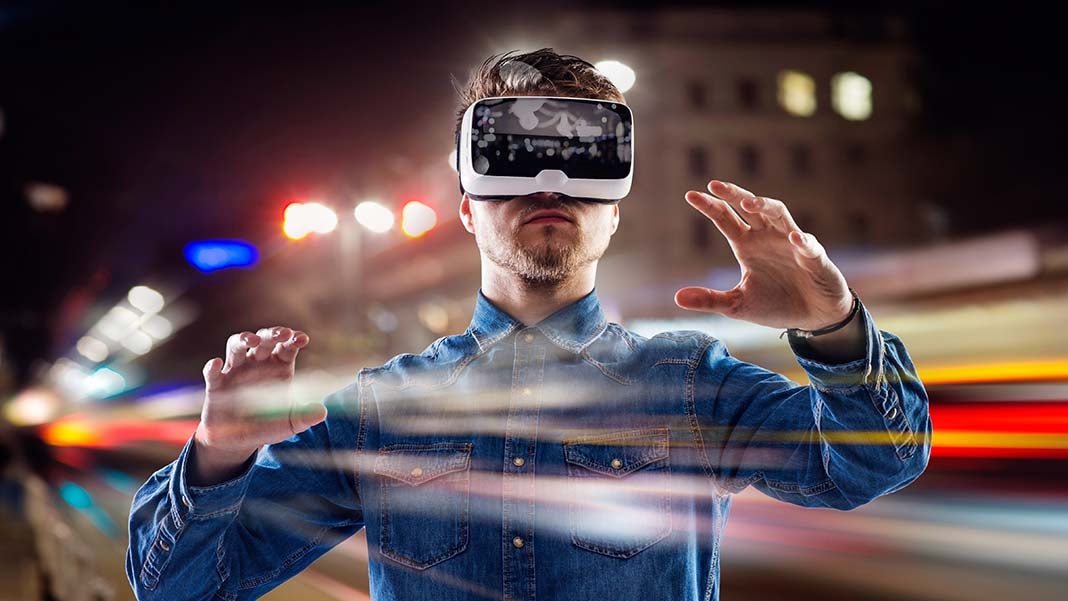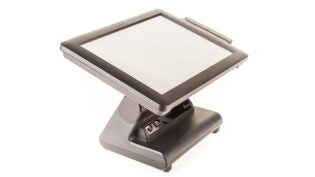
Virtual reality is projected to become a $30 billion industry by 2020, making now a perfect time to get into the business of developing this technology. Already many of the major players in the tech world are delving into the virtual reality world, but that doesn’t mean there aren’t ample opportunities for small businesses to participate.
Facebook is testing AR glasses that will allow users to see updates from their friends in a virtual environment. Sony and Samsung are testing contact lenses that can allow users to blink to capture videos and pictures. Microsoft is testing the Hololens in order to push virtual reality into augmented reality.
One of the biggest opportunities being developed in the virtual reality sphere right now is Meta. Meta is developing virtual reality headset that includes developer software. This will enable virtual reality developers to create entirely new uses for virtual reality. Gaming and social are probably still the biggest categories for virtual reality, but the business opportunities are endless. There are starting to be realtors who include virtual reality tours in their listings. Virtual reality can be used for any number of different things and it’s up to developers to come up with them. The business opportunities surrounding virtual reality are limitless.
Augmented reality will likely overtake virtual reality in the near future. Already it is projected to become a $90 billion industry, and the capabilities for things like communications and networking are driving developments. Augmented reality can provide a better and more realistic way to communicate- virtual meetings that seem real as opposed to phone calls. Networking functions can be enhanced by augmented reality- imagine seeing someone’s name and social profiles projected over their heads at a business meeting or convention. Connecting not only becomes easier, but also maintaining those connections becomes less of a chore.
There are also endless marketing and advertising opportunities associated with both virtual and augmented reality. Marketers and advertisers can target specific audience members with personalized messages, making their efforts more productive. There are also opportunities for gamification and other interactive marketing and advertising experiences for VR and AR users.
For the majority of consumers, chances are good the next computer they buy will be wearable. There are already a number of wearables on the market and there are already virtual reality devices on the market, so combining the two just makes sense at this point. Learn more about the future of virtual reality wearables from this infographic!
 Author: NowSourcing is an award-winning nationally recognized infographic design agency. Founded in 2005, NowSourcing has strong roots in the human and technical nuances of the web.
Author: NowSourcing is an award-winning nationally recognized infographic design agency. Founded in 2005, NowSourcing has strong roots in the human and technical nuances of the web.













